Imagine standing on a dimly lit stage with your guitar, feeling both exhilarated and daunted by the packed venue. As you strike that first chord, the sound that fills the room is not from the typical 4×12 monolith behind you, but from a compact yet mighty 2×10 guitar cabinet. This marked a profound shift in my understanding of guitar tones and setups—a journey that transformed my perspective on what a guitar speaker cabinet could offer. But what makes these cabinets a compelling choice for guitarists aiming for versatility and portability? Why consider a 2×10 when a 2×12 is the more traditional option?
As a former Editor in Chief at Guitar Player magazine, I’ve witnessed the evolution of the 2×10 cabinet, a niche treasure within the guitar community. For those in search of enhanced tone without the backbreaking weight, the 2×10 guitar cabinet might just be your new best friend. Whether you’re a seasoned musician or a curious DIY enthusiast, this guide unravels the essentials of 2×10 cabinets, from compelling comparisons to step-by-step DIY insights. Join me as we explore why this modest-sized cabinet could be the ultimate tool in your musical arsenal, ultimately changing how you approach guitar playing and performance.
What is a 2×10 Guitar Cabinet?
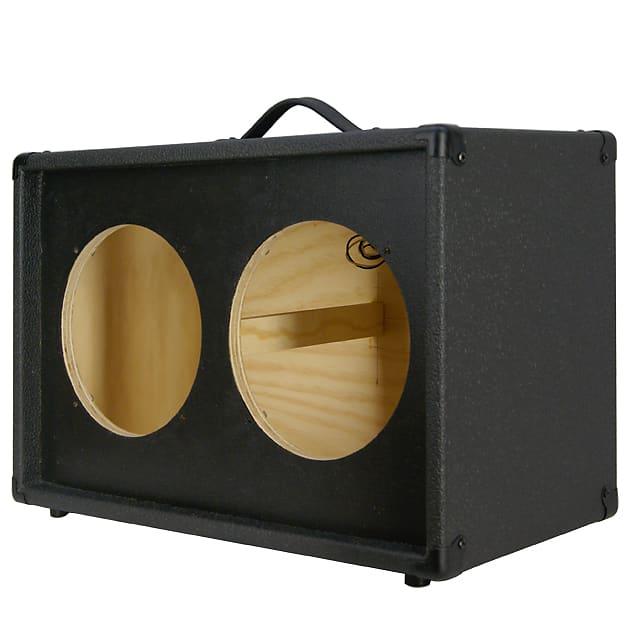
In my years of diving into the world of music journalism, I’ve explored countless guitar amplifier cabinets, each with its unique influence on sound and style. Among these, the 2×10 guitar cabinet holds a special place not just for its sound dynamics but for its distinct construction. What exactly makes a 2×10 guitar cabinet different from other configurations? This question is the gateway to understanding why this design captivates so many musicians and sound engineers alike.
At its core, a 2×10 amp cabinet features two ten-inch speakers housed within a single unit. The size and shape contribute significantly to the tones produced, offering a balanced sonic profile that stands out in most musical setups. Unlike a larger 4×12 cabinet, the 2×10 is compact enough for portability, yet powerful enough to produce rich, punchy mids and dynamic highs. This setup sits between the classic single-speaker configurations and the larger, more cumbersome setups, making it a favorite for those looking to maintain versatility without sacrificing quality.
The intricacies go beyond just dimensions. The material used in crafting the cabinet and the design’s impact on acoustic properties are pivotal in shaping the sound it projects. From my experience, the blend of wood, internal bracing, and grill cloth can significantly affect resonance and tonal warmth. Understanding these elements is crucial to fully appreciating what makes the 2×10 configuration so unique.
Why Choose a 2×10 Guitar Cabinet?
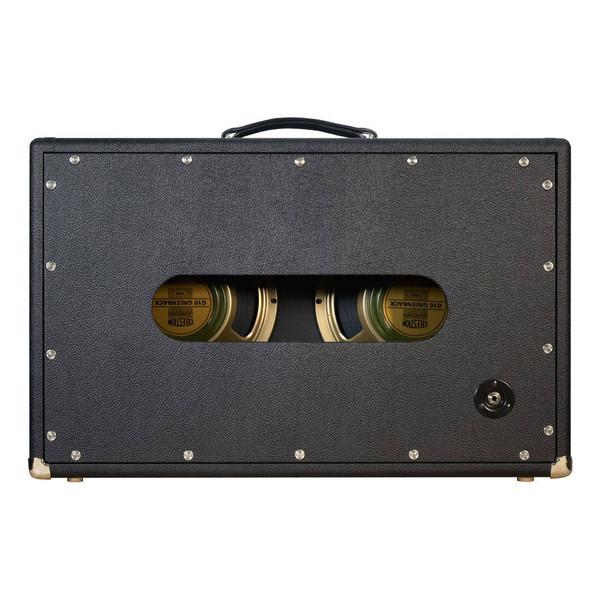
Having covered countless gear reviews, I can attest that the 2×10 cabinet offers a *sweet spot* in size and sonic flexibility that appeals to modern players. *Could the 2×10 guitar cabinet be the perfect mix of power and portability for today’s musician?* This question often arises in conversations with fellow guitarists and sound engineers. The 2×10 guitar cabinet stands out as **an exceptional choice** for those who seek a balance between robust sound projection and manageable size.
One of the primary reasons musicians gravitate towards a 2×10 configuration is its ability to deliver *impressive power* while maintaining a compact form. When you think of a **compact guitar cabinet**, the 2×10 design provides a versatile solution without compromising on sound quality. It fills the space between the bulkier 2×12 cabinets, often noted for their overwhelming presence, and the sometimes underpowered single-speaker alternatives.
My journey with 2×10 cabinets has shown me their adaptability across various genres and settings. Whether you’re jamming in a small club or recording in a studio, this setup offers clarity and punch that’s hard to match. Additionally, the logistics of transporting gear can be daunting, but with a 2×10, the **balance of portability and performance** becomes a significant advantage. This marriage of practicality and sound makes it, in my experience, one of the best choices for guitarists seeking a reliable companion on and off the stage.
Where to Use 2×10 Guitar Cabinets?
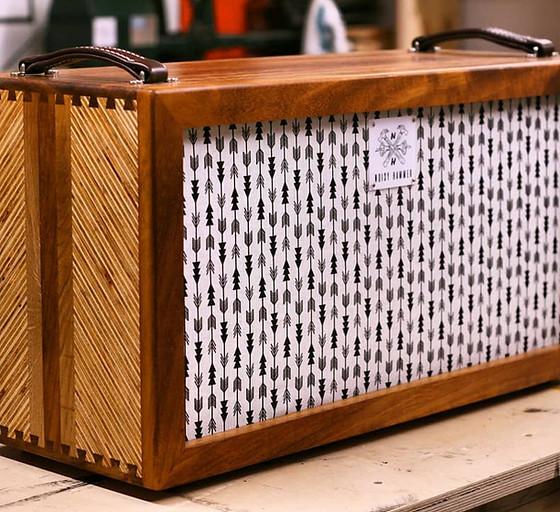
In my journey of exploring various recording setups, I’ve discovered that the *placement and context* of a guitar cabinet can drastically reshape its impact within a mix or a live performance. 2×10 guitar cabinets, with their balanced tone and compact size, have become my go-to for both studio and stage environments. But how does the venue influence your choice of guitar cabinet?
Through countless gigs and sessions, I’ve learned that a *studio guitar cabinet* requires a tailored approach compared to its on-stage counterpart. In the studio, a 2×10 shines due to its ability to deliver precise, tight sound—ideal for controlled settings where every nuance matters. Its compactness also makes positioning and mic setup a breeze, allowing it to blend seamlessly into a mix without overwhelming other instruments.
On stage, the lightweight guitar cabinet becomes *even more crucial*. A 2×10 cabinet is easy to transport and setup, which is essential when moving between smaller, intimate venues where space is at a premium and ease of mobility enhances performance fluidity. This cabinet type also capitalizes on its *consistent tonal quality*, providing reliable sound reinforcement without the bulkiness of larger cabinets.
Understanding these dynamics enables musicians to tailor their equipment to meld perfectly with their surroundings, maximizing both sound quality and performance versatility. By leveraging the unique strengths of a 2×10 cabinet, musicians can ensure their sound isn’t just heard—it’s *felt*.
When to Choose 2×10 vs 2×12 Cabinets?
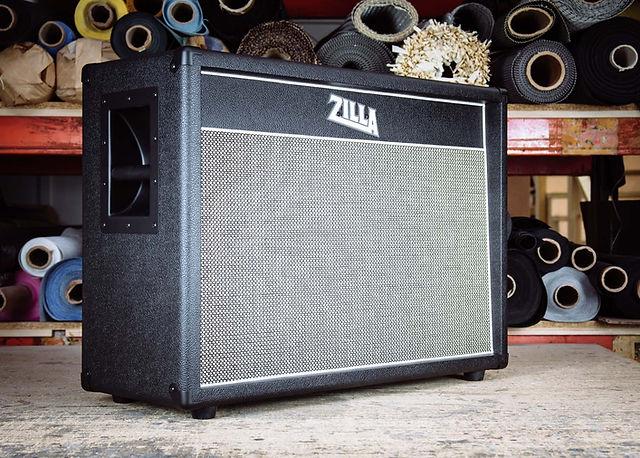
In my journey through the sonic landscapes painted by electric guitars, the choice between a 2×10 vs 2×12 cabinet has often been a topic of heated discussion. As I converse with seasoned musicians, this debate punctuates broader preferences about sound and style. It’s not just about an aesthetic decision or the guitar cabinet dimensions; it’s about capturing a particular tone that speaks to your musical identity.
What’s the real difference in sound and versatility between a 2×10 and a 2×12 cabinet? This question has been the linchpin in many of my conversations, and it’s one I find fascinating. When seeking tight, punchy tones, the 2×10 tends to deliver with precision and clarity, making it an excellent choice for genres where articulation is key. Whether crafting intricate jazz leads or pristine country rhythms, the smaller speakers in a 2×10 bring a crispness that’s hard to ignore.
Conversely, when warmth and depth are paramount, the 2×12 cabinet holds its ground. The larger speaker size allows for more pronounced bass tones, enveloping the audience with a fuller, richer sound. This makes it a robust choice for rock and blues artists yearning for that powerful low-end punch.
In my experience, guided by countless performances and recordings, the decision often hinges on the balancing act between these sound dimensions and the practical needs of your setup. Each cabinet has its own identity and, fundamentally, its own role in shaping your musical journey.
How to Build Your Own DIY 2×10 Cabinet
Materials Needed for DIY Construction

What if the materials you choose could change the *tone* of your guitar cabinet forever? This intriguing thought leads into one of the most exciting aspects of building your own *affordable 2×10 cabinet*. The right materials aren’t just about aesthetic appeal or structural integrity; they play a crucial role in the cabinet’s overall sound quality.
Having researched gear building extensively, I’ve discovered that *quality materials* can greatly influence the end result of your cabinet. Choosing the best wood, hardware, and soundproofing materials is essential for capturing the best tonal character. **Plywood** is a top choice for many builders due to its durability and good resonance properties. Additionally, paying attention to **guitar cabinet dimensions** can ensure you maximize space and acoustics, effectively enhancing your DIY experience.
As we move forward in our ultimate guide, let’s explore the specific steps for assembling your cabinet. This deep dive will ensure your build is not just functional but also one that adds *unique tonal qualities* to your sound. With the right materials at hand, crafting your custom cabinet could be the key to unlocking the sound you’ve always desired.
Step-by-Step Guide to Building a 2×10 Cabinet
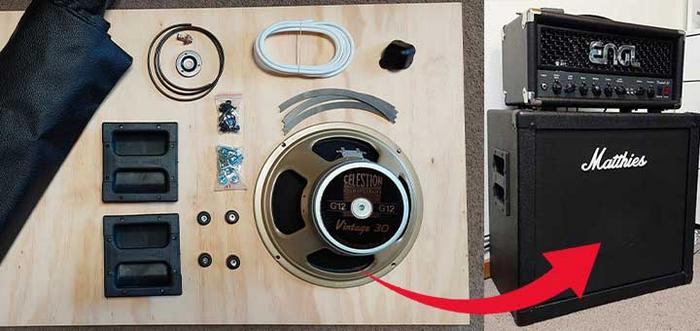
Could following a simple guide unlock the builder in you and refine your tone? This thought piqued my curiosity as I embarked on crafting a DIY 2×10 cabinet. My background in technical writing has helped me unpack complex processes into manageable steps, making DIY projects accessible for everyone. Building your own cabinet is not just about saving money; it’s a journey that brings an intimate understanding of sound and structure. It connects the theoretical with the tactile, allowing you to tailor a sound system that resonates with your personal style.
With clear instructions, assembling a cabinet becomes an exciting exploration. From selecting the perfect 2×10 guitar speakers to understanding the acoustic impact of wood types, every choice influences your tone. By constructing your own cabinet, you gain more than an understanding of the *how*; you cultivate a mastery of the *why* and *where* it enhances your performances. This section of the guide integrates effortlessly with the comprehensive discussion on 2×10 cabinets, setting a practical foundation for exploring material specifics and expert recommendations.
Recommended 2×10 Guitar Cabinets

When it comes to optimizing your guitar’s tone, a great speaker cabinet can make all the difference. But how do you know which *2×10 cabinet truly delivers on sound and quality*? My experience in reviewing gear allows me to provide insights into some of the best 2×10 cabinets that truly stand out on the market. Over the years, I’ve tested numerous options, each with unique characteristics, and I’m here to share my top picks.
First on my list is the Mesa/Boogie Recto 2×10 Compact Cabinet. Known for its robust build and dynamic response, this cab is a personal favorite due to its ability to handle everything from *clean tones* to *high-gain crunch* effortlessly. Its compact design doesn’t compromise on power, making it an excellent choice for both studio and live performances.
Another noteworthy contender is the *Vox V210NT Diamond Cab*. With a distinct vintage feel, its tonal clarity is unmatched, especially for those seeking a classic rock or blues sound. The construction is top-notch, providing durability without sacrificing aesthetics.
For players looking for versatility, the *Orange PPC210* is a smart investment. This cab blends warmth and richness, producing a full spectrum of sound that’s both tight and punchy. Whether you’re into jazz, rock, or metal, it offers tremendous versatility.
In conclusion, these 2×10 cab recommendations reflect my hands-on experiences with these exceptional options, each distinguished by its own unique sound and build quality. Choosing the right cab can significantly elevate your performance, guiding you toward the sonic excellence you’re striving for.
FAQs
What are the benefits of using a 2×10 guitar cabinet compared to other sizes?
How can I build a DIY 2×10 guitar cabinet?
What are the top recommendations for 2×10 guitar cabinets on the market?
Can a 2×10 guitar cabinet handle high-wattage amplifiers?
Conclusion
Could your perfect tone be waiting just behind the right 2×10 cabinet? Throughout this guide, we’ve explored what makes a 2×10 guitar cabinet stand out. From understanding its unique sound profile to knowing when it outshines a 2×12, we’ve dived into the essence of its appeal. The best 2×10 cabinet is the one that matches your personal style and musical requirements, a decision influenced by factors such as tonal clarity, portability, and space considerations.
Reflecting on my journey in music journalism, I believe that every guitarist should find the cabinet that resonates with their personal style. Choosing the right cabinet isn’t just about sound—it’s an extension of your musical identity. For those adventurous enough to embark on a DIY journey, crafting your own 2×10 cabinet can be both fulfilling and tailored to your needs, as our guide on materials and step-by-step building showcased.
With recommended models and thoughtful comparisons, you’re equipped to make an informed decision that elevates your musical experience. Ultimately, whether you opt for a structured purchase or a custom-built solution, understanding the 2×10 landscape ensures that your sound is authentic and impactful. So, go forth with confidence, and find the cabinet that truly sings to you.

Michael Molenda, the transformative Editor in Chief of Guitar Player magazine from 1997 to 2018, revolutionized its content and expanded its influence. With over 2,500 published works, including in-depth interviews and technical analyses, he’s a giant in guitar journalism. Post-Guitar Player, he launched CONTENT BY MOLENDA and co-founded music websites, bringing his unmatched expertise to the forefront of music marketing. At Fretterverse, Molenda continues to shape the guitar world with insightful commentary and trendsetting journalism.
